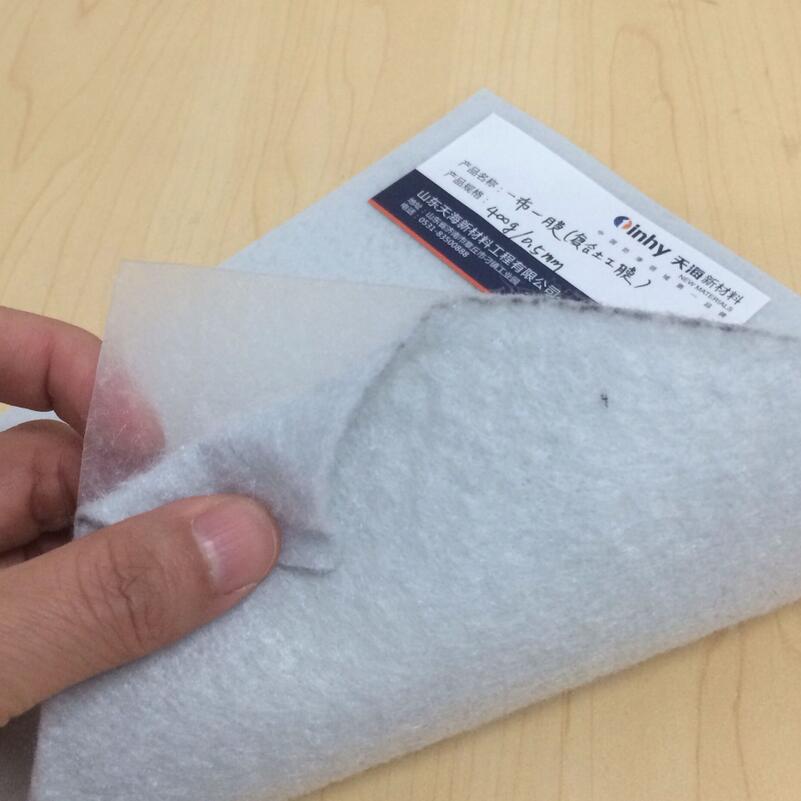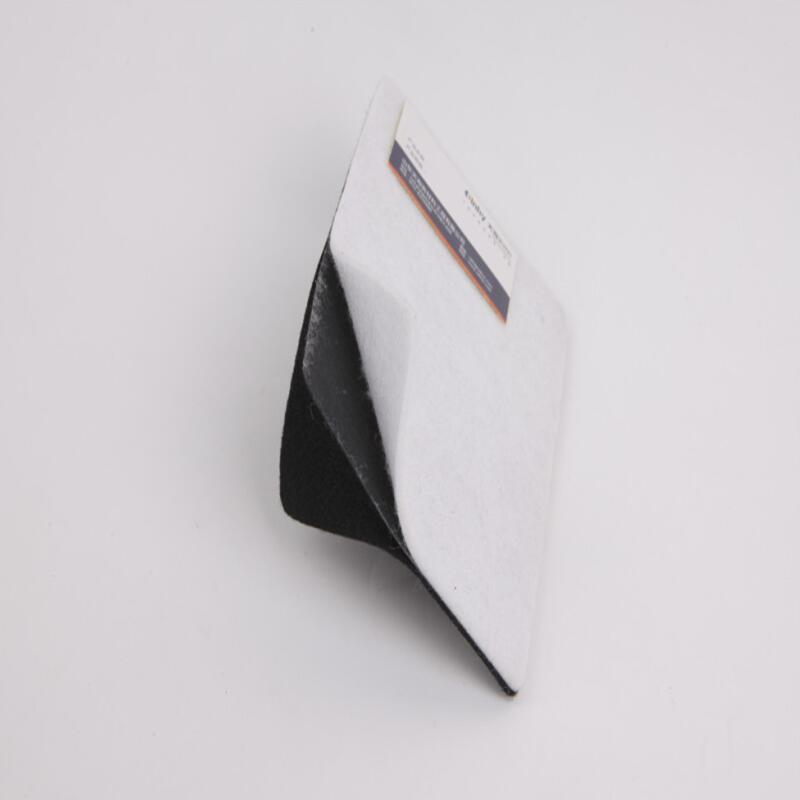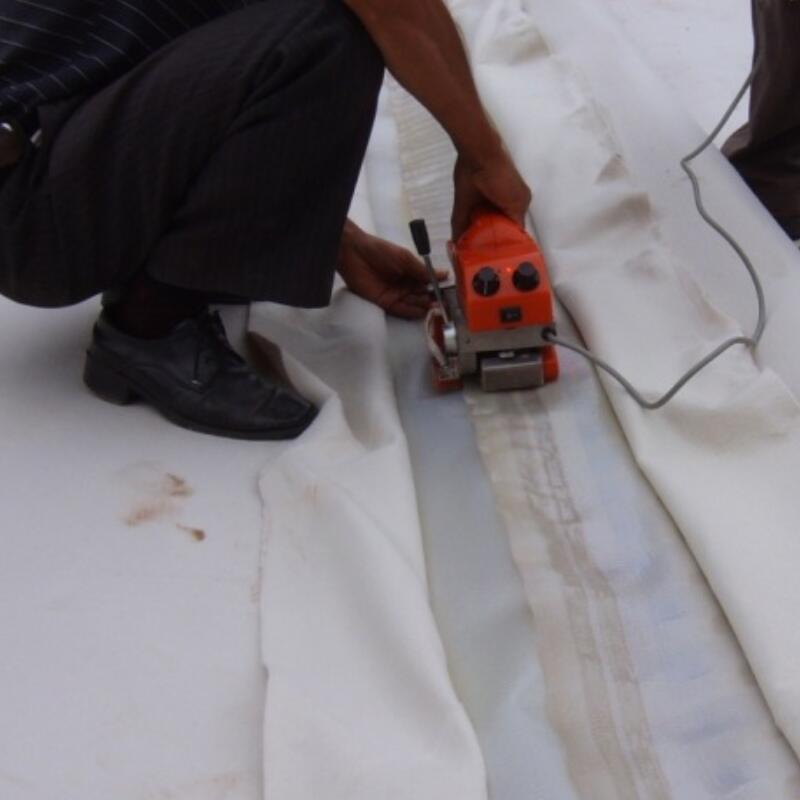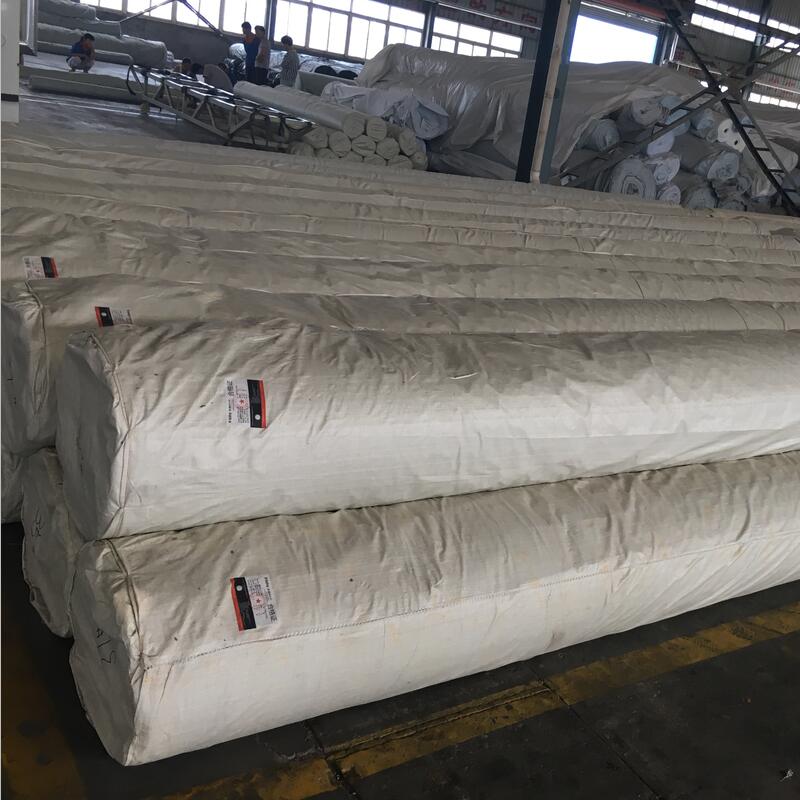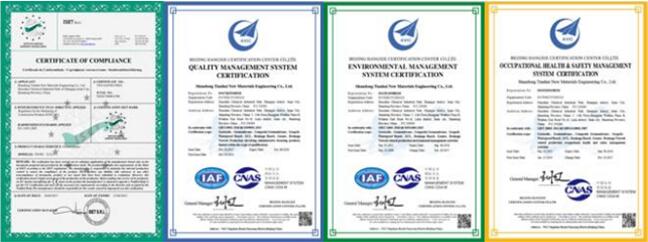At present, the production of general-purpose thermoplastics in the world accounts for almost 80% of the total output of plastics, and China is no exception. The processing of these plastics is a physical processing technique, such as extrusion, injection, calendering, etc., that is, the plastic is formed by heating-melting cooling. In the past 20 years, molding processing technology has developed rapidly, but the keynote has not changed much, but it has been developed from one-way type to combination type, such as extrusion-pull-blowing, injection-drawing-blowing, extrusion-thermoforming, extrusion- Compounding, developed from general molding processing techniques to special conditions, such as high pressure, high temperature, high vacuum, plasma spraying, etc. Extrusion The thermoplastic resin and various additives are mixed and granulated and then added to the extruder. The material is subjected to mechanical shearing force, frictional heat and external heating in the barrel to melt and plasticize it, and at the same time, it is made into a dense melt under the forward rotation of the screw. The melt is further passed through a filter plate and different types of forming dies to form a profile having a constant cross-sectional shape, and the product is obtained by cooling and setting. Plates, rods, tubes, wire sheaths, wires, tapes, certain films, etc., which we usually see, are made in this way. Domestically, it has been able to produce fine-sized fishnets, such as large-diameter plastic pipes with a diameter of 0.2 m, and can also produce profiles with special-shaped cross-sections for construction, such as plastic doors and windows. The extrusion molding has high production efficiency, simple operation and uniform product quality; the equipment can be large or small, can be simple and fine, easy to manufacture, and easy to put into production; can be used in one machine or comprehensively. In addition, the extrusion molding machine can also be used for different processes such as mixing, plasticizing, dehydrating, granulating and feeding. Calendering Calendering is one of the main molding methods for thermoplastics. The method is mainly to manufacture films and sheet materials. Thermoplastics suitable for calendering are PVC, PE, PP, aBS, Ca, VC/EVa, and the like. Injection molding Injection molding, also known as injection molding, is an injection-molding molding method. The injection molding method has the advantages of high production speed, high efficiency, automation of operation, and molding of complicated shapes. The downside is that the cost of the mold is high and the cleaning is difficult, so small batch products should not be formed by this method. Products molded by this method include: TV casing, semiconductor radio casing, connectors on electrical appliances, knobs, coil bobbins, gears, car lampshades, teacups, rice bowls, soap boxes, bathtubs, sandals, and the like. At present, injection molding is suitable for all thermoplastics. The molding cycle is short, the variety of colors and colors, the shape can be from simple to complex, the size can be from large to small, and the size of the product is accurate, and the product is easy to be replaced. Blow molding Blow molding includes both blown film and blown hollow articles. Foam molding Foam is a plastic product made of resin as the main component and containing numerous tiny cells inside, also known as microporous or porous plastic. Modern technology can process almost all thermoplastic and thermosetting resins into foam. Resins currently commonly used in the manufacture of foams are polystyrene, polyvinyl chloride, polyethylene, polyurethane, urea formaldehyde resins and the like. Foam is divided into soft, hard and semi-rigid foams according to the softness and hardness of the products.
Composite Geomembrane is a new type of anti-seepage
material made by infrared ray heat with Geotextile(PET) and Geomembrane (PE
.)
Including:
1) One layer geotextile and one layer membrane ; Weight
of base geotextile : 100g/m2-1000gm2 ; Thickness of geomembrane :0.1mm-1.5mm .
2) Two layers geotextile and one layer
membrane ; Weight of base geotextile : 80g/m2-600gm2 ; Thickness of geomembrane
:0.2mm-1.5mm .
3) One layer geotextile and two layers
membrane ; Weight of base geotextile : 100g/m2-1000gm2 ; Thickness of
geomembrane :0.1mm-0.8mm .
4) Multi-layers : Weight of base geotextile :
100g/m2-1000gm2 ; Thickness of geomembrane :0.1mm-1.5mm .
Composite Geomembrane applied range
1,Landscape engineering: garage top greening, roof
garden, football field, golf course, beach project.
2, Municipal engineering: road base, subway, tunnel,
landfill.
3, Construction engineering : upper or bottom layer of
building foundation, basement wall, bedding filtration and heat insulation.
Composite Geomembrane technical index
(Confirming GB/T17642-1998 standard)
Product weight (g/m2)
400
500
600
700
800
900
1000
SPEC
1 layer geotextile+1
layer geomembrane
150/0.25
200/0.3
300/0.3
300/0.4
300/0.5
400/0.5
400/0.6
2 layer geotextile+1
layer geomembrane
100/0.2/100
100/0.3/100
150/0.3/150
200/0.3/200
200/0.4/200
200/0.5/200
200/0.5/250
Breaking strength
,kN/m
5.0
7.5
10.0
12.0
14.0
16.0
18.0
Elongation at break
30---100
Tear strength , kN
0.15
0.25
0.32
0.40
0.48
0.56
0.62
CBR Mullen burst
strength
1.1
1.5
1.9
2.2
2.5
2.8
3.0
Vertical permeability
coefficient
k
*10-11~k*10-13
Hydraulic pressure
0.4~0.6
0.6~1.0
Certificate
Composite Geomembrane Composite Geomembrane,Composite Earthwork Film,Composite Geomembrane For Landfill,Pe Composite Geomembrane Shandong Tianhai New Materials Engineering Co., Ltd , https://www.chinatinhy.com
